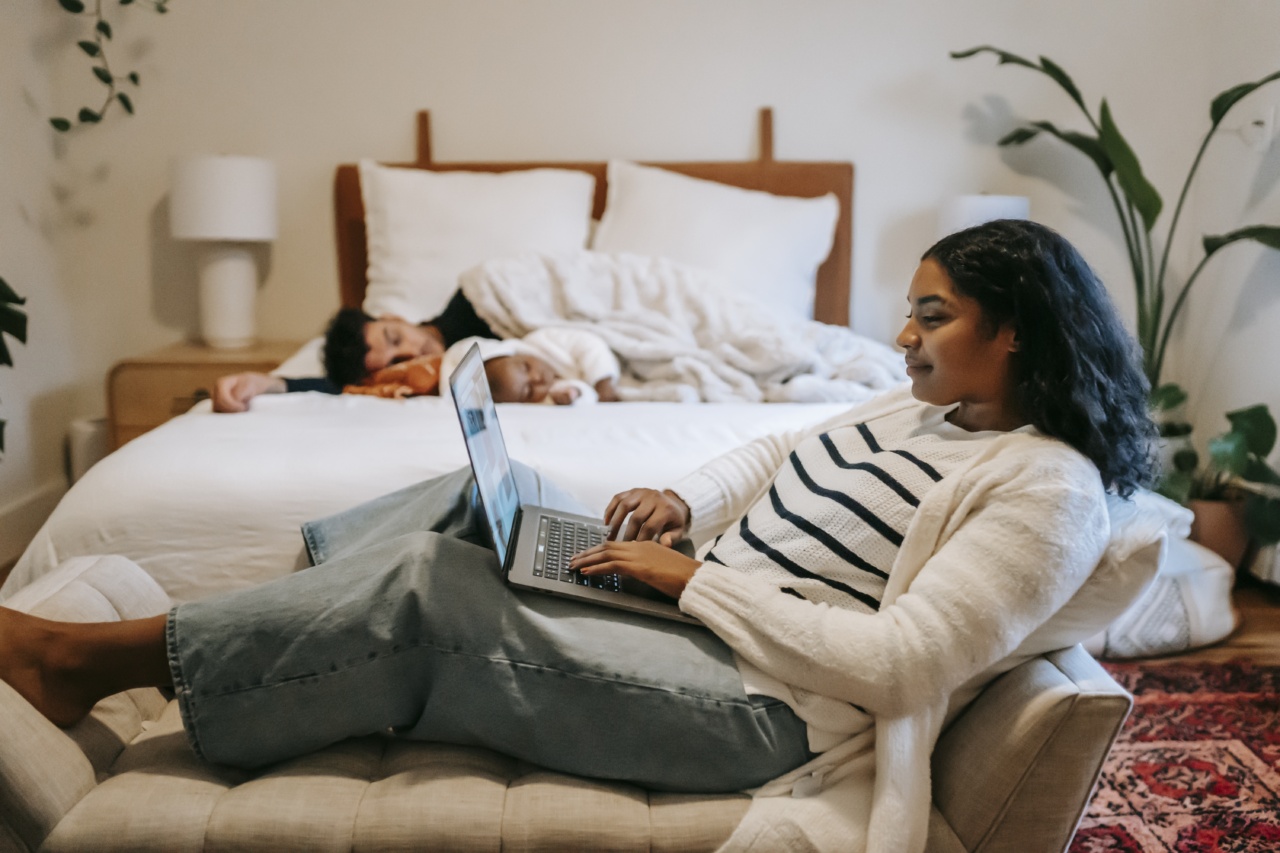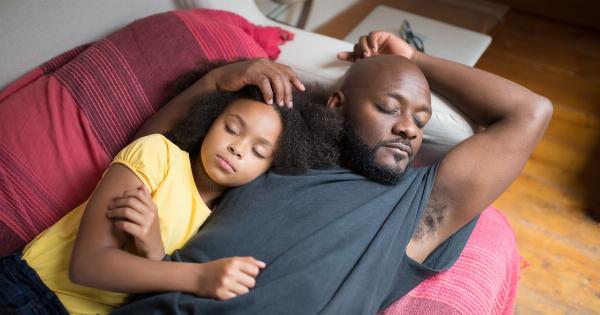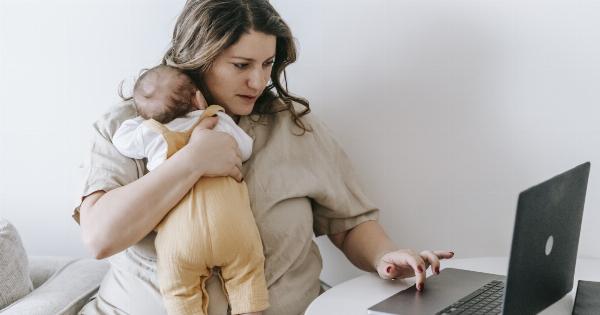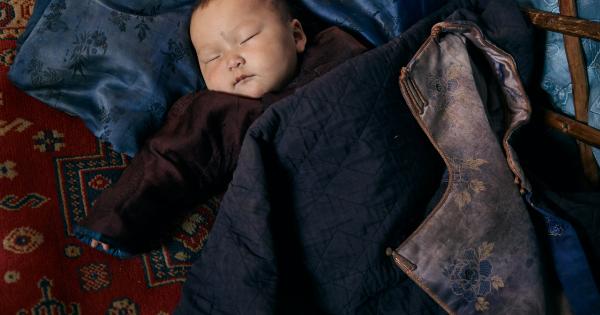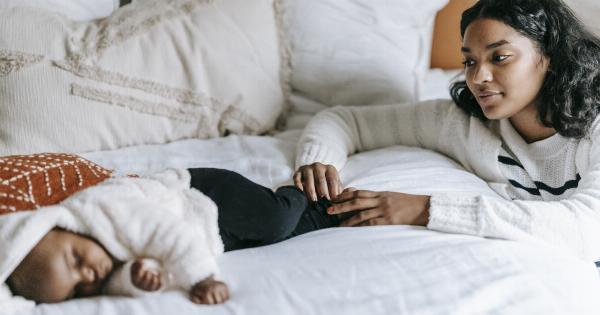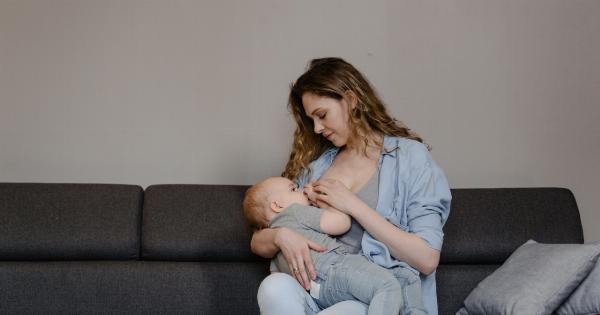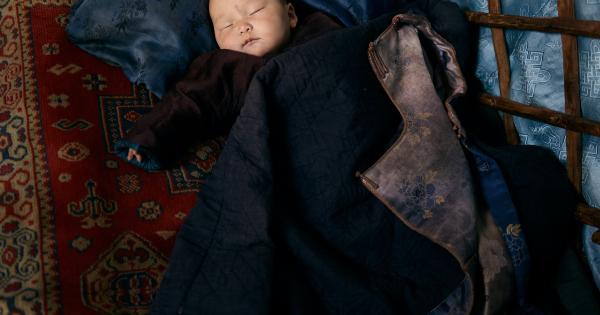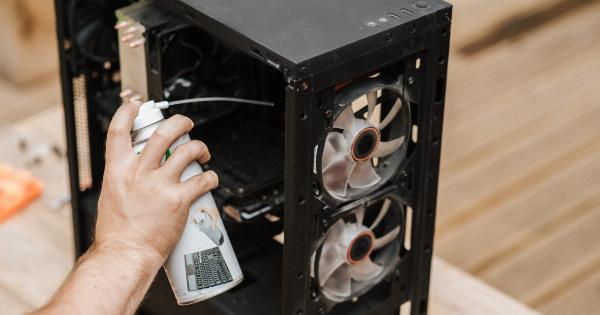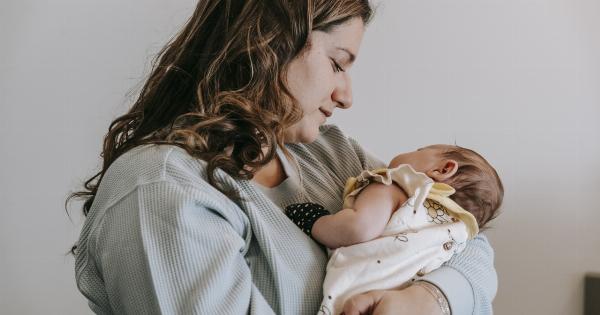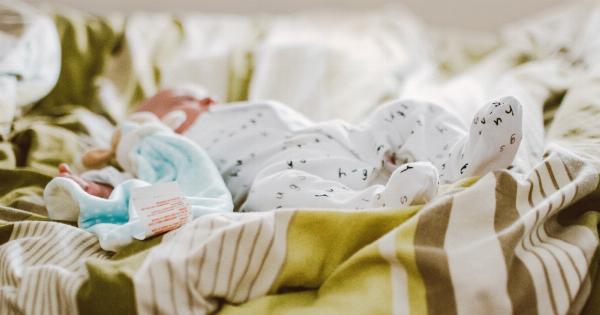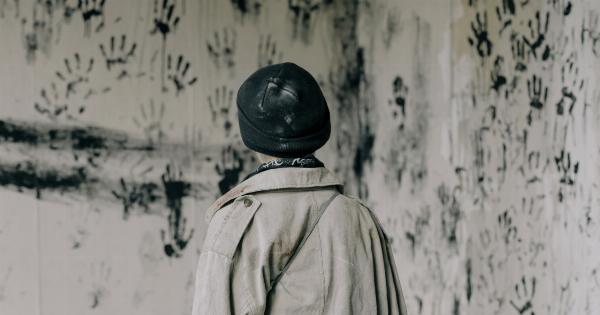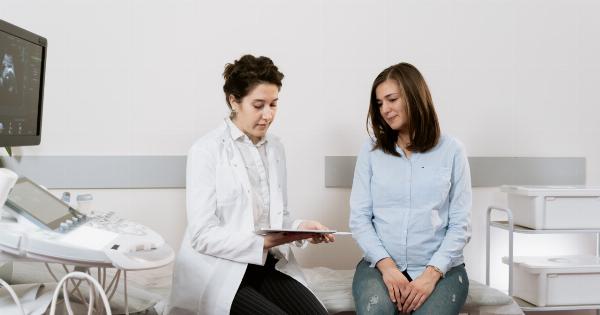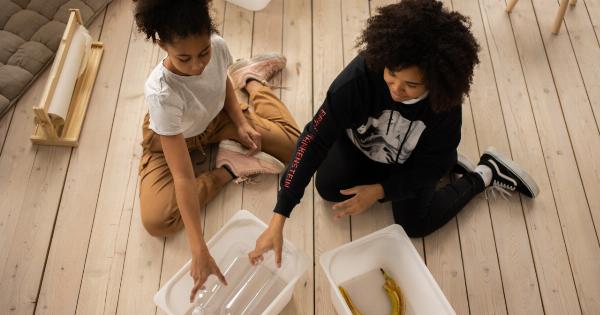As new parents, ensuring the safety and well-being of our babies is our utmost priority. One of the moments we look forward to is when our little ones drift off to sleep, providing us with a moment of respite.
However, it is crucial to create a safe sleep environment for our babies, which means avoiding certain practices that can put them at risk. One common mistake parents make is allowing their baby to nap on the couch. While it may seem harmless, this practice can have several dangers associated with it.
Let’s explore these dangers in more detail to understand why it is essential to prioritize safe sleep practices for our babies.
1. Increased risk of suffocation
Napping on the couch poses a significant risk of suffocation for babies, especially those under one year of age or who are not yet able to roll over on their own. Couches are typically soft and cushioned, which can create an unsafe sleep surface.
The cushions can envelop the baby’s face, obstructing their airway and leading to suffocation. Additionally, the cracks and crevices between cushions or between the couch and the wall can trap the baby, further increasing the risk of suffocation.
2. Risk of falls
Babies are known for their wiggling and rolling movements, even in their sleep. Couches, with their elevated and unguarded surfaces, pose a risk of falls for babies.
As they begin to move around or attempt to roll over, they can accidentally roll off the couch and suffer injuries. Falls from elevated surfaces can result in head injuries, fractures, or even worse. It only takes a moment for a baby to fall from a couch, making it imperative to provide a safe sleep space for them.
3. Soft surfaces and SIDS
Sudden Infant Death Syndrome (SIDS) is a tragic and unexplained phenomenon that can occur during sleep, resulting in the death of an otherwise healthy baby.
While the exact causes of SIDS are still unknown, several risk factors have been identified, one of which is placing babies to sleep on soft surfaces. Couches, being plush and cushioned, increase the risk of SIDS. The softness of the couch can hinder the baby’s ability to breathe properly, potentially contributing to SIDS.
4. Entrapment hazards
Couches often have gaps between the cushions or between the cushions and the backrest. These gaps can be potential entrapment hazards for babies. Babies are curious and may explore the crevices, leading to getting trapped or wedged between them.
This can cause more than discomfort – it can lead to serious injuries or even asphyxiation if the baby’s head or limbs become stuck in a way that restricts their breathing.
5. Risk of overheating
Overheating is another concern when allowing babies to nap on the couch. Couches can provide a warm sleeping environment, which can increase the baby’s body temperature.
Babies are more susceptible to overheating than adults, and prolonged exposure to high temperatures can be dangerous for them. Overheating has been linked to an increased risk of SIDS, making it crucial to maintain a comfortable and safe sleep environment for our little ones.
6. Lack of supervision
When babies nap on the couch, they are often not within direct sight or reach of caregivers. This lack of supervision can be dangerous, especially if the baby starts experiencing any breathing difficulties or becomes stuck in a precarious position.
It is important to have the baby within a safe sleep space where they can be easily monitored to ensure their well-being.
7. Exposure to hazards
Couches, being shared spaces, are susceptible to various hazards. Objects left on the couch, such as pillows, blankets, or even remote controls, can pose a risk to the baby.
Pillows and blankets can accidentally cover the baby’s face and result in suffocation, while small objects like remote controls can be a choking hazard if the baby manages to reach them. Creating a separate and safe sleep area for the baby minimizes the risk of such exposure hazards.
8. Disrupted sleep patterns
The couch is typically a communal spot for the family, which means there may be frequent movements and activities taking place around it. This can disrupt the baby’s sleep patterns, preventing them from getting quality rest.
Babies need peaceful and quiet environments to promote healthy sleep, and napping on the couch may not provide the ideal conditions required for their development and well-being.
9. Formation of unsafe sleep habits
Allowing babies to nap on the couch can lead to the development of unsafe sleep habits. Babies are quick learners, and if they repeatedly fall asleep on the couch, they may associate it with sleep time.
This can make it difficult to transition them to a safe crib or bassinet. It is crucial to establish a consistent and safe sleep routine from the start, ensuring that babies learn to associate sleep with an appropriate and secure sleep space.
10. Importance of safe sleep practices
Understanding the dangers associated with letting babies nap on the couch highlights the importance of adopting safe sleep practices.
Creating a safe sleep environment for our babies can significantly reduce the risks of accidents, suffocation, SIDS, and other hazards.
It is essential to prioritize safe sleep practices, such as using a firm crib mattress with a fitted sheet, avoiding loose bedding and soft toys, placing babies on their backs to sleep, maintaining a comfortable room temperature, and ensuring constant supervision during sleep.
In conclusion
While it may seem convenient or cozy to allow our babies to nap on the couch, it is vital to recognize the potential dangers associated with this practice.
By understanding the risks of suffocation, falls, soft surfaces and SIDS, entrapment hazards, overheating, lack of supervision, exposure to hazards, disrupted sleep patterns, and the formation of unsafe sleep habits, we can make informed decisions to provide a safe sleep environment for our babies. Prioritizing safe sleep practices is essential for their well-being and helps to create a foundation for healthy sleep habits as they grow.
